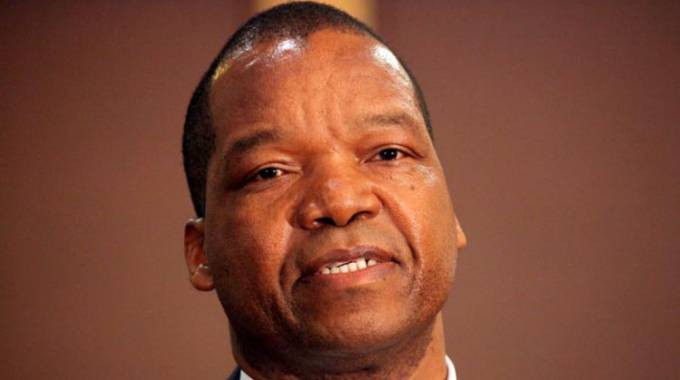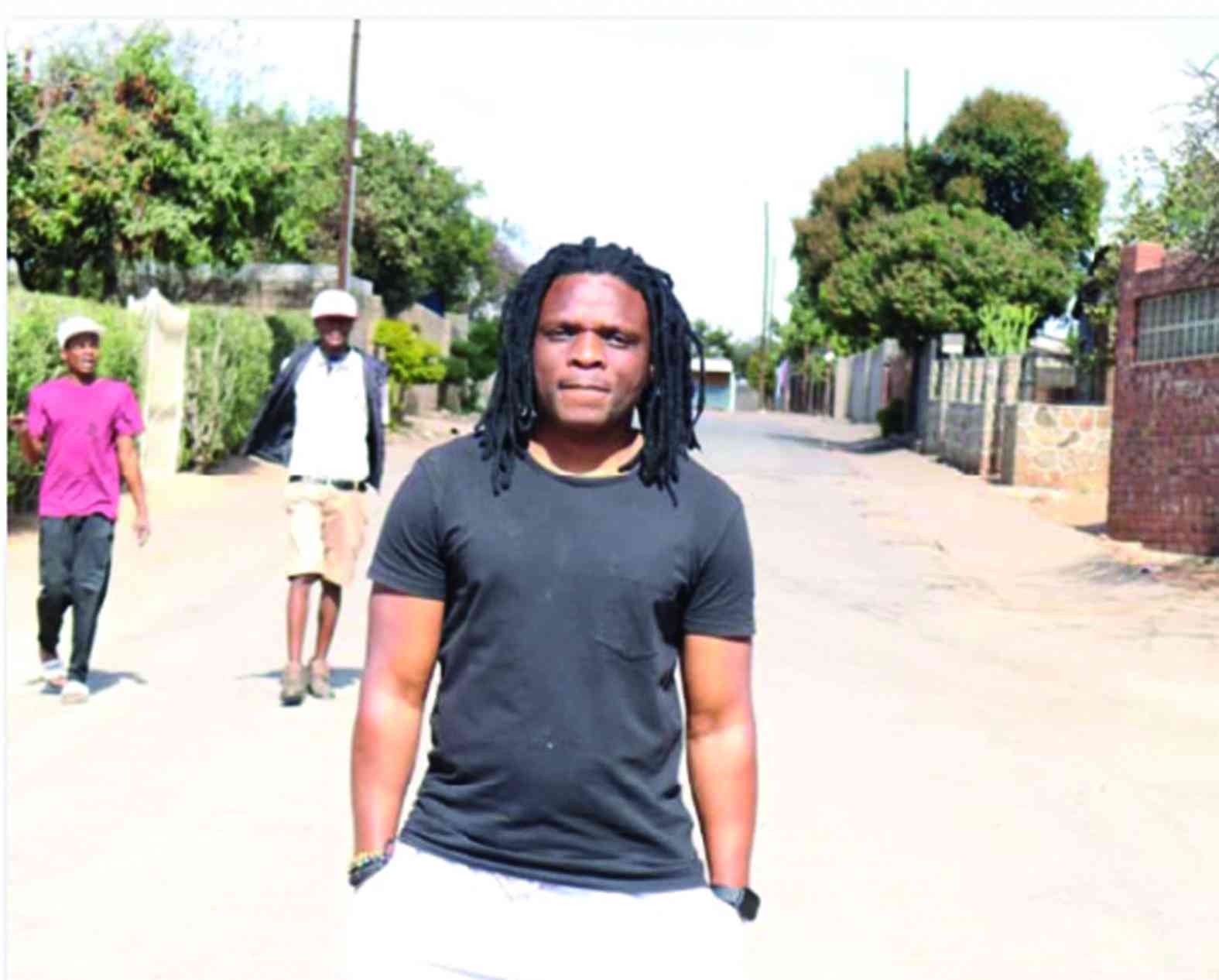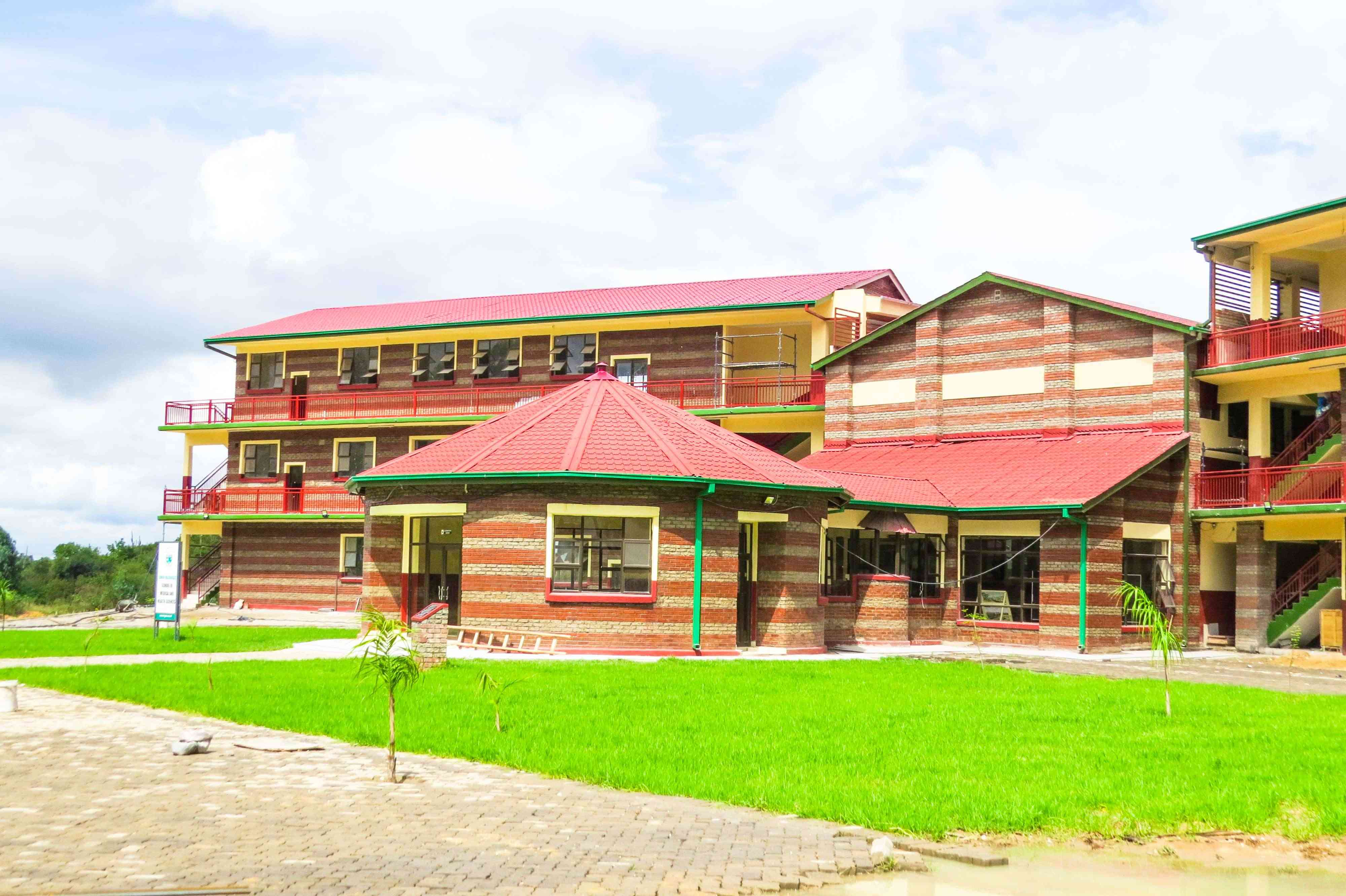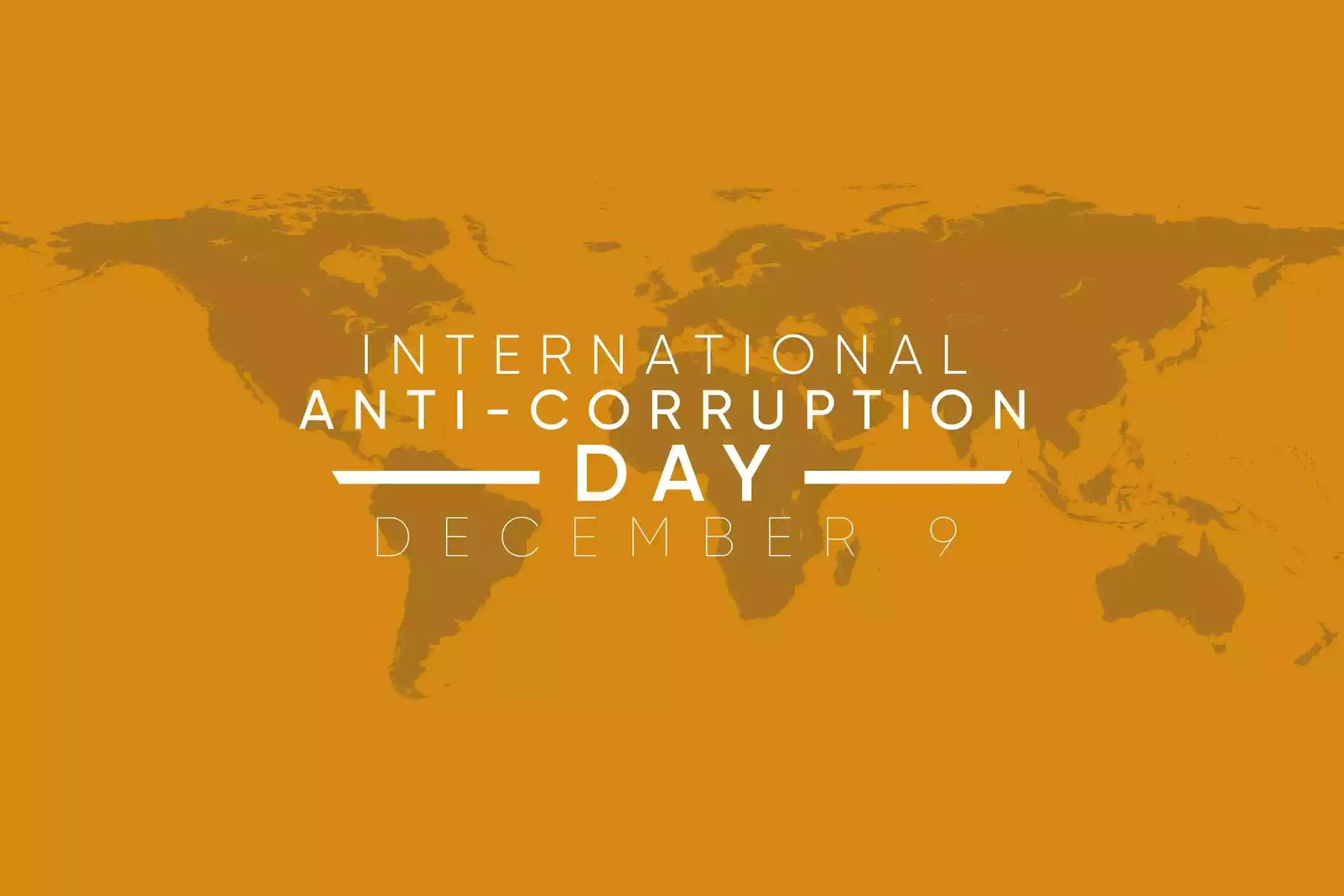
KWIBUKA.
The word is Kinyarwanda, the local language in Rwanda, the tiny African country on the Rift Valley in East Africa.
The locals told me the word means remembering.
They chose April as the month of remembering the infamous and regrettable genocide of 1994 when nearly one million members of the minority Tutsis were brutally massacred by the majority Hutus.
The killing began on April 7 and ended 100 days later, targeting men and women, boys and girls as well as children.
It was Africa’s most cruel massacre since the Berlin conference of 1884 that partitioned Africa among the Belgians, British, Germans, French, Spanish, Portuguese and the Dutch, who all wanted to exploit Africa’s rich mineral resources.
The Hutus make up 85%, Tutsis (14%) and Twa (1%) of the nearly 14 million people in this former German colony and later French protectorate, a country of breathtaking scenery and clean swept streets.
Hats off to President Paul Kagame, a Tutsi for heeding the call by some of the survivors of the genocide to build a lasting reminder of the dark, shameful inhuman part in the country’s history.
- Lessons from Rwanda
Keep Reading
The 67-year-old Kagame, a revolutionary and former freedom fighter whose family fled to Uganda when he was only two years old, blames the French for assisting the Hutus in the genocide, but Paris denies the accusation.
Perhaps that explains why Rwanda dropped French as the official language, adopting English, which is the official medium of instruction in schools.
And it also explains why Rwanda joined the Commonwealth, a grouping of former British colonies like Zimbabwe, in 2009.
Work on the imposing edifice, the Kigali Genocide Memorial, began in 1999 and the building was inaugurated by Kagame in 2004.
It is a unique and highly commendable archive of the country’s history.
It is a painful history, but an essential read for every Rwandan citizen young and old.
The memorial is a noble symbol of reconciliation and healing and is built next to the mass graves of 250 000 of the victims.
It is a constant reminder of the needless tribal animosity and hatred that led to the rape and torture of hundreds of women and men simply because they belonged to another tribe.
Children watched in terror and tears as their parents were raped and killed by Hutus wielding mainly machetes.
President Juvenal Habyarimana was a Hutu.
Habyarimana was a Rwandan politician and military officer who served as the second president of Rwanda, from 1973 until his assassination in 1994.
He was nicknamed Kinani, a Kinyarwanda word meaning “invincible”.
One male survivor in Kigali said he lost nearly all members of his close family in the genocide.
“I will never forget the killing. Some Hutus mutilated their victims before killing them ruthlessly. My family members had taken refuge in a church in the capital, but were followed by the Hutus and all of them were hacked to death,” the survivor said.
He said neighbours turned against neighbours, friends against friends simply because they were Tutsis.
A flyer that promotes the memorial says it is a “driver in Rwanda’s journey towards healing and construction”.
Life-changing peace education developed at the memorial inspires educationists internationally, it said.
More than 100 000 people visit the memorial each year, making it one of the top five tourist destinations in the country.
The mass killings were triggered by a plane crash on April 6, 1994, that took the lives of President Habyarimana and his Burundian counterpart Cyrien Ntaryamin.
The two were coming from a peace mission in Arusha, Tanzania.
It is still unclear who shot the plane. Some claim it’s the Hutu army, but others say it was the Rwanda Patriotic Front.
Besides the mass graves, visitors to the memorial will also see pictures of the gruesome killings and read stories by survivors.
The memorial also carries stories about other genocides worldwide. These include the German massacre of the Hereros in Namibia in 1904, the killing of the Jews by Adolf Hitler’s Nazis, the Holocaust during the Second World War, and the massacre of people in Cambodia between 1974 and 1979 by the Khmer Rouge, a Communist group led by Pol Pot.
My mind reflected on the Gukurahundi massacre in Zimbabwe when nearly 20 000 people in Matabeleland and Midlands provinces were killed needlessly by the late former President Robert Mugabe’s North Korea-trained 5 Brigade led by Perrance Shiri between 1982 and 1987.
As the Harare administration revisits that dark past, it is prudent in my view to take a leaf from the Rwandan experience.
A memorial for the Gukurahundi massacres will at least give solace to relatives of the victims.
- John Gambanga is a veteran Zimbabwean journalist. He writes here in his personal capacity.











